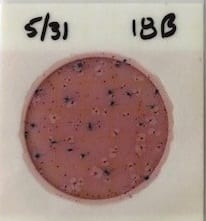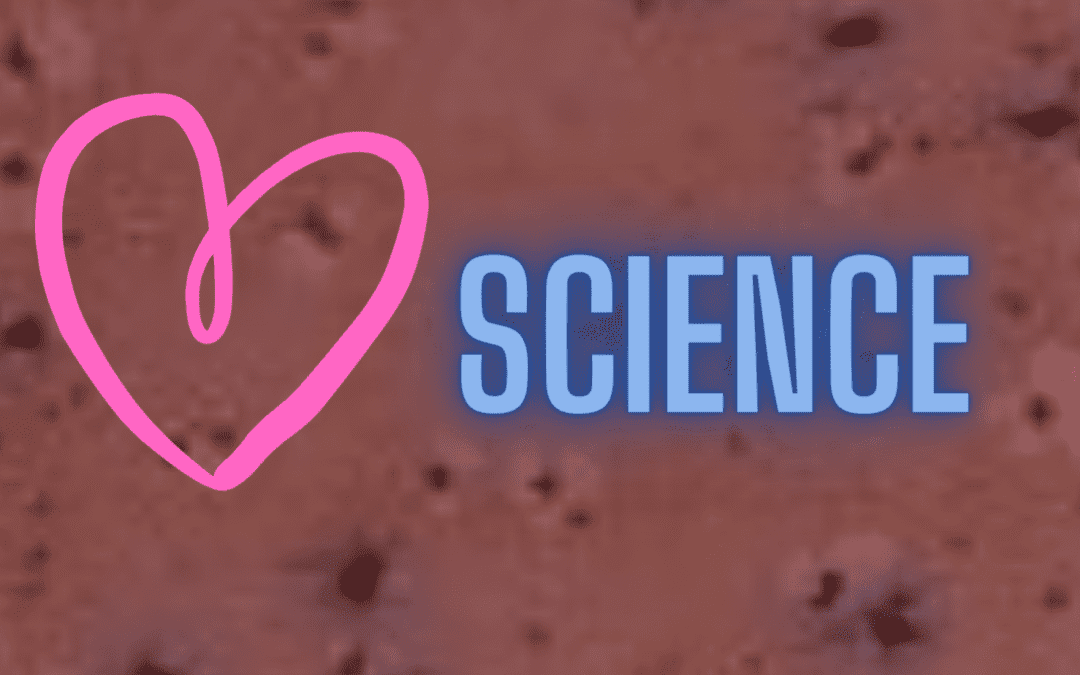As many of you know, last weekend there was a sewer line break along the East Shore. Since raw sewage was flowing into the tributary at 18B, which flows directly into the lake, the East Shore Conservancy District notified Lake Maxinkuckee Environmental Fund, along with other relevant agencies. I felt confident that those in charge were doing everything they could to rectify the problem but went over to see how things were going.

Here was my chance to spring into action and be an Environmental Super Hero!
If you have followed this blog, you know that LMEF was recently awarded a grant from the Ralph C. Vonnegut Jr. Fund to purchase water monitoring equipment. One piece of equipment that I purchased last month was an incubator to process E. coli slides. Water samples are collected and dispensed onto petrifilm. This petrifilm is then incubated, or cooked, at 95 degrees C for 24 hours.
However, because of the smell, I did not need to collect a sample to know that E. coli was present in the water. I decided to wait 24 hours before collecting my sample.

On Monday, 24 hours after the line break, I collected my first sample. The next day, the slide verified what I thought the result would be. The level of E. coli in the tributary was 1600 CFU/100 mL of water, well over the safe standard for swimming. (Count the blue dots)
How do we determine whether water is “swimmable”?
The water quality standard for full body contact recreation in Indiana is based on E.coli, as recommended by the EPA. Monitoring results for E. coli are given in terms of number of E. coli colony forming units (or CFU) in 100 mL of water (about half a cup). For water to meet the recreation standards, the geometric mean of 5 samples over a 30-day period is required to be less than 125 CFU/100 mL, with no single test higher than 235 CFU/100 mL.
THE WATER TESTED WAS FROM THE TRIBUTARY. The lake water would be significantly lower because of dilution. In hindsight, I should have collected samples from both the lake and the tributary.

I collected a sample again on Tuesday. I was relieved to see the E. coli had dropped to 800 CFU/100 mL, still high but significantly lower.

Another sample was collected on Wednesday. This time the E. coli level was 200 CFU/mL, which is under the standard to be considered “swimmable.” If the tributary was that low, the lake was certainly in the clear.
This is a good example of the benefit of having water monitoring equipment in the office. I am aware that it does not produce lab quality results, but it does produce “peace of mind” results. If our monitoring efforts produce anything out of the ordinary, we can then send samples to a lab for more precise analysis. In the meantime, our Stream Team (I’m still working on a name!) has the tools to spring into action when the need arises.
I am still collecting Stream Team members. If you would like to help with our tributary monitoring program, please contact the LMEF office. I am in the process of writing up instructions and Standard Operating Procedures. Once I have that done, we will be ready to launch. Stay tuned.
I don’t want to believe, I want to know.
Carl Sagan

Hi, I’m Debbie Palmer. I received a BS in Horticulture from Purdue University. Here at LMEF, I am responsible for outreach presentations, monitoring the lake and it’s wetlands, project manager for restoration and research projects, and act as a community resource for all things related to the well-being of Lake Maxinkuckee and its surrounding watershed. I completed Indiana Watershed Leadership Academy, volunteer with the Indiana Clean Lakes Program, Hoosier River Watch and Marshall County Lakes and Waters and serve as a Board Member for Indiana Lakes Management Society.


Recent Comments